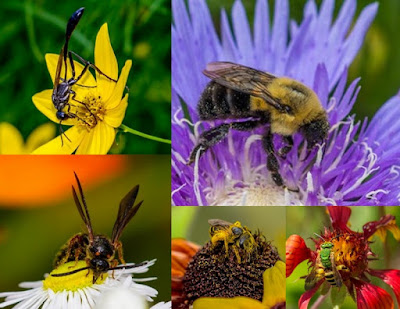With our recent warmer temperatures and rain, we are having a late show of blooms. With no killing frost as yet, we are able to enjoy this extended season of color.
Photos by A. Laliotes
Top picture l. to r. (Where to find in Arboretum)
1. Crytomium falcatum Japanese Holly Fern (Perennials)
2. Acer griseum Paperbark Maple (CPP Row 1)
3. Nandina domestica 'Firepower' (Mixed Border)
4. Salvia leucantha Mexican Bush Sage (Herbs)
5. Tsuga canadensis Canadian Hemlock (CPP Row 4)
Bottom picture l. to r.
6. Pyracantha coccinea Scarlet Firethorn (CPP Row 4)
7. Pyracantha koidzumi Formosa Firethorn (CPP Row 4)
8. Salvia uliginosa Bog Sage (Herbs)
9. Erigeron strigosus Prairie Fleabane (Wildflowers)
10. Hedychium sp Ginger Lily (Perennials)














































